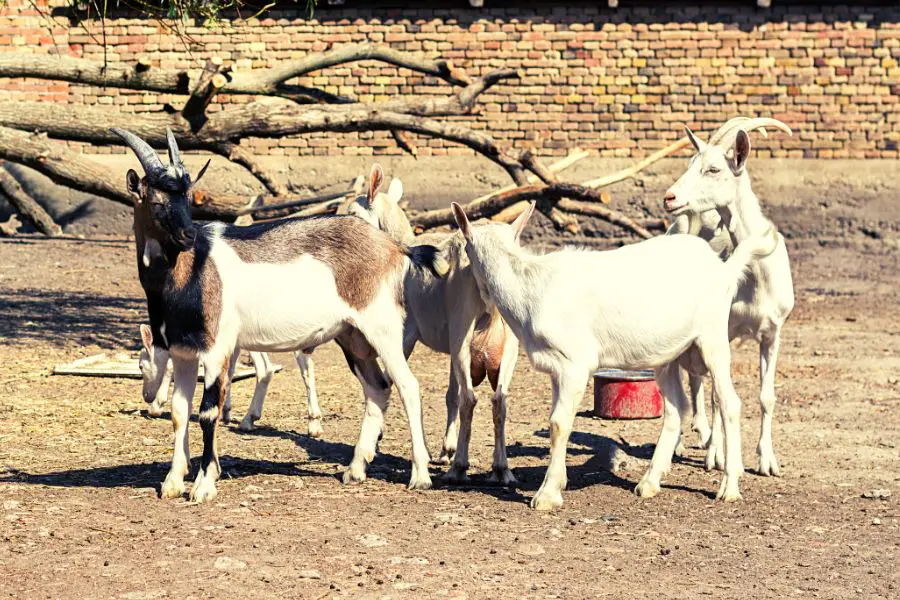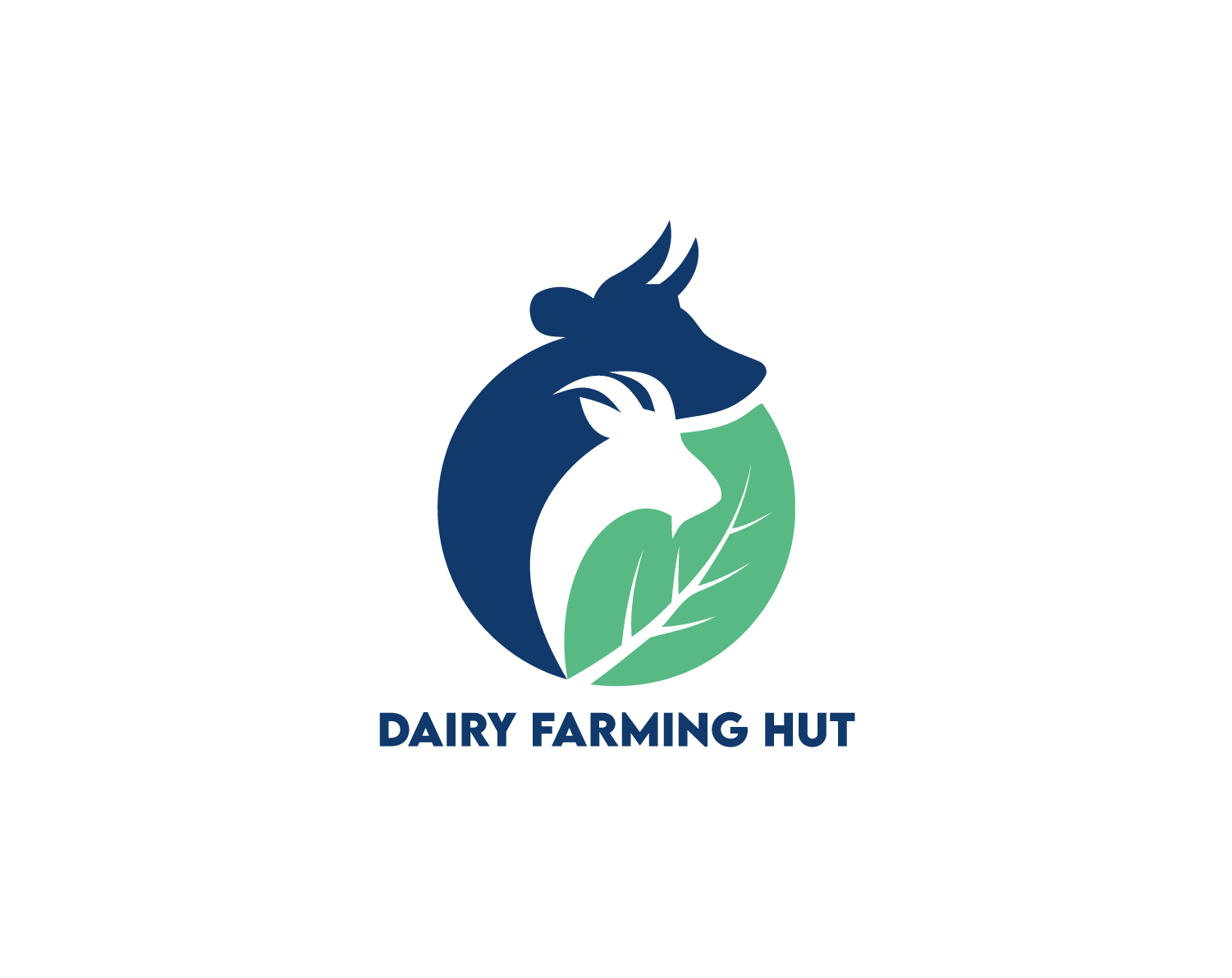Managing a goat dairy requires thorough knowledge of the reproductive cycle of goats. It is vital to know when a goat is ready to reproduce and when to expect heat cycles. This knowledge allows the dairy farmer to regulate milk production so that the milk supply can be constant throughout the year.
Goat doelings come into heat any time between four months and ten months for the first time. If they are not pregnant, they will experience heat every eighteen to twenty-four days until the breeding season ends or they are pregnant. Goats have heat cycles from late summer to early winter.
All breeding must start with a heat season or estrus cycle, so it is critical to understand this information.
During Which Season Are Goats in Heat?

Dairy goats are usually seasonal breeders. They begin having heats in late summer or fall through to early winter.
The start of the breeding season is triggered by shortening daylight hours. The pineal gland in the goat's brain secretes melatonin, a light-sensitive hormone. It is suppressed by light, so melatonin is produced less in summer than in winter.
As the daylight hours reduce in summer and fall, higher melatonin levels stimulate the release of another hormone, GnRH (Gonadotropin Releasing Hormone), from the hypothalamus.
GnRH from the hypothalamus triggers the pituitary gland to release two other hormones, the follicle-stimulating hormone (FSH) and the luteinizing hormone (LH). FSH and LH stimulate the ovaries to begin producing follicles. Behavioral changes occur in response to the hormones, and the goat's heat season begins.
As the follicles mature, they rupture from the ovaries in a process known as ovulation. Ovulation usually occurs nine to seventy-two hours after estrus begins.
Some goats breed throughout the year, but these are generally meat goats such as Boer, Kiko, and Spanish goats. These goats were developed in hot climates with minimal temperature variation between summer and winter. Daylight hours in hot climates are not markedly different in summer and winter.
Most dairy goats were developed in colder climates like Switzerland, where summer and winter temperatures and daylight hours vary considerably. Examples are Toggenburg, Saanen, Alpine, and Angora goats. All of these goats are seasonal breeders.
How Often Do Goats Go Into Heat?
Goats are described as being polyestrous. This means that they have multiple estruses or heats in a breeding season.
Female goats enter estrus every eighteen to twenty-four days until they are pregnant or the breeding season ends. In seasonal breeding goats, the end of the breeding season would be sometime towards the end of winter.
As a result, dairy goats can have eight to ten seasons in a breeding season. If the doe becomes pregnant, no more reproductive heat will occur that season.
Close observation of the goats will allow the farmer to determine the exact estrus cycle of each doe. Goats have individual variations in the length of their estrus cycle.
Some goats have a heat every eighteen days, some twenty days, or every twenty-four days. Goats may also be exceptions and have much longer or shorter cycles. If this pattern is consistent for that animal, it does not indicate pathology. That goat merely has an estrus cycle outside of the norm.
How Long Does A Heat Last In Dairy Goats?
A dairy goat's estrus can last just a few hours, but it is more common to last two to three days. Initial heats may be shorter but then will settle into a pattern that can be monitored by the farmer.
Even if a goat has a heat of two to three days, she will usually only stand to be covered by the buck for twelve to thirty-six hours. The standing heat or estrus is the period when the doe stands for the buck. Thirty-six hours is the most common length for a standing heat.
If there is no buck present, the standing heat may be extended up to forty-eight hours in some females. Early season estrus may be shorter due to the effects of daylight hours on the goat's hormones.
The days before the standing heat are sometimes referred to as pre-standing estrus. The function of the pre-standing estrus period is an evolutionary behavior that allowed the buck and the doe to make contact if they did not live in the same herd.
When Do Dairy Goats Have Their First Heat?
Goat breeds vary in the age of puberty or when they have their first estrus. Dairy goats commonly reach puberty at four to five months, but some goat breeds only have a first heat at seven to nine months.
Nutrition plays an important role in when a doe has her first heat. A malnourished goat in poor condition is unlikely to have an early first heat.
Although goats may have estrus at four to five months, they should not be bred at this age. Breeding goats when they are too young restricts their growth. There are more birthing problems that could endanger the mother and babies.
Goats bred too young may produce too little milk, necessitating hand-feeding the kids, a time-consuming and expensive exercise. The goat's future reproductive and lactation performance may be affected by early breeding.
Goats should only be bred when they have reached eighty percent of their adult weight. Most goat farmers aim to breed young females when they are nine to ten months old.
Signs Of Heat In Goats
Goats that are in heat are more vocal. They bleat, and some goats moan. The goat flags her tail to the sides. The vulva becomes red and swollen, and there is usually a clear, gel-like discharge.
The doe urinates frequently, and her milk production will reduce if she is in milk. She may also refuse food or eat less than normal. The goat may show a change in her demeanor. Some goats become more affectionate, and others get more aggressive.
The female goat will become restless and pace along fence lines if she is not with a buck. If she is with a buck, she will begin flirting with the buck by nosing him, standing in front of him, and flagging her tail.
Conclusion
Goats come into heat at various ages, depending on their breed and nutrition. It can be as early as four months or as late as ten months. Heat cycles occur at regular intervals after this.
